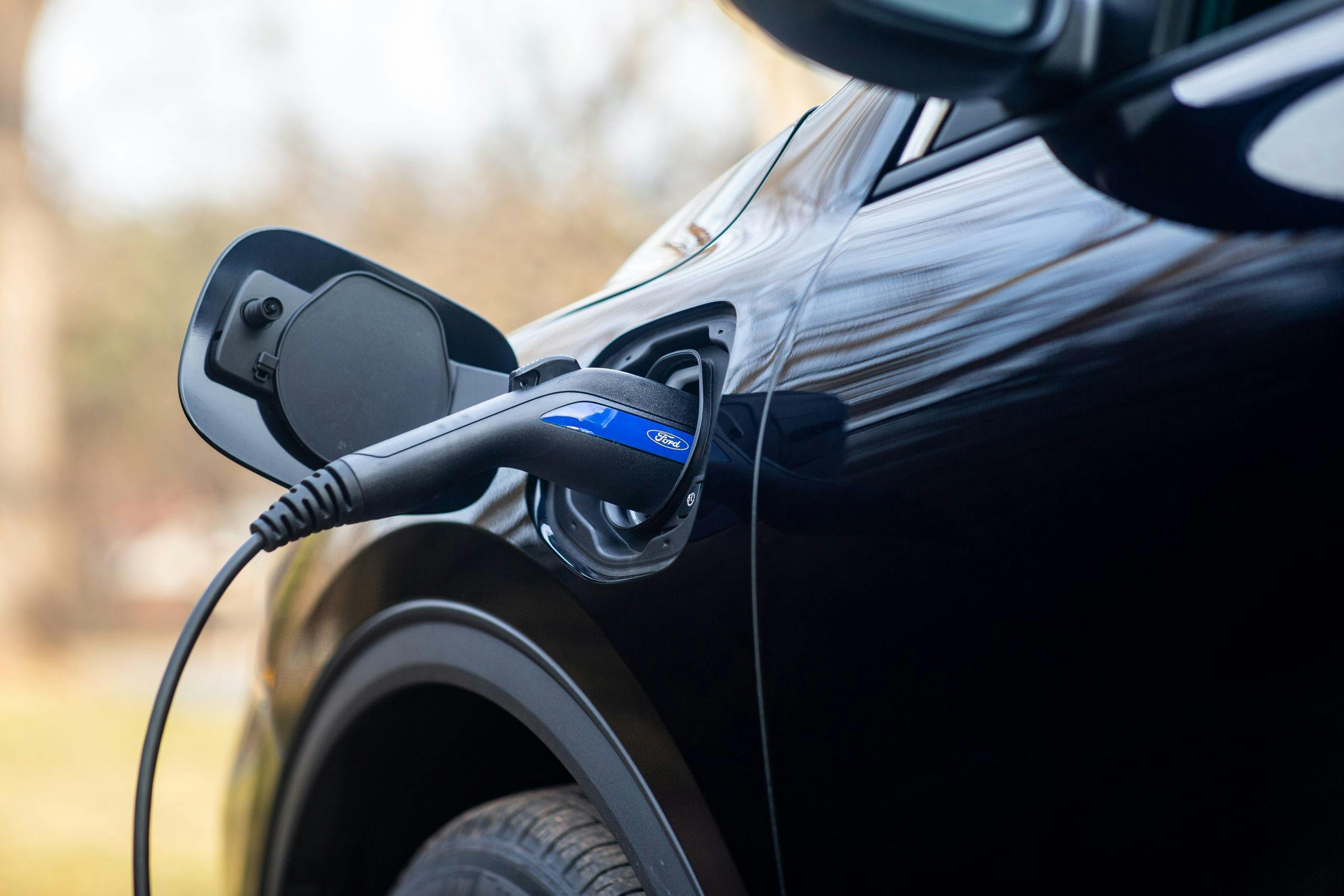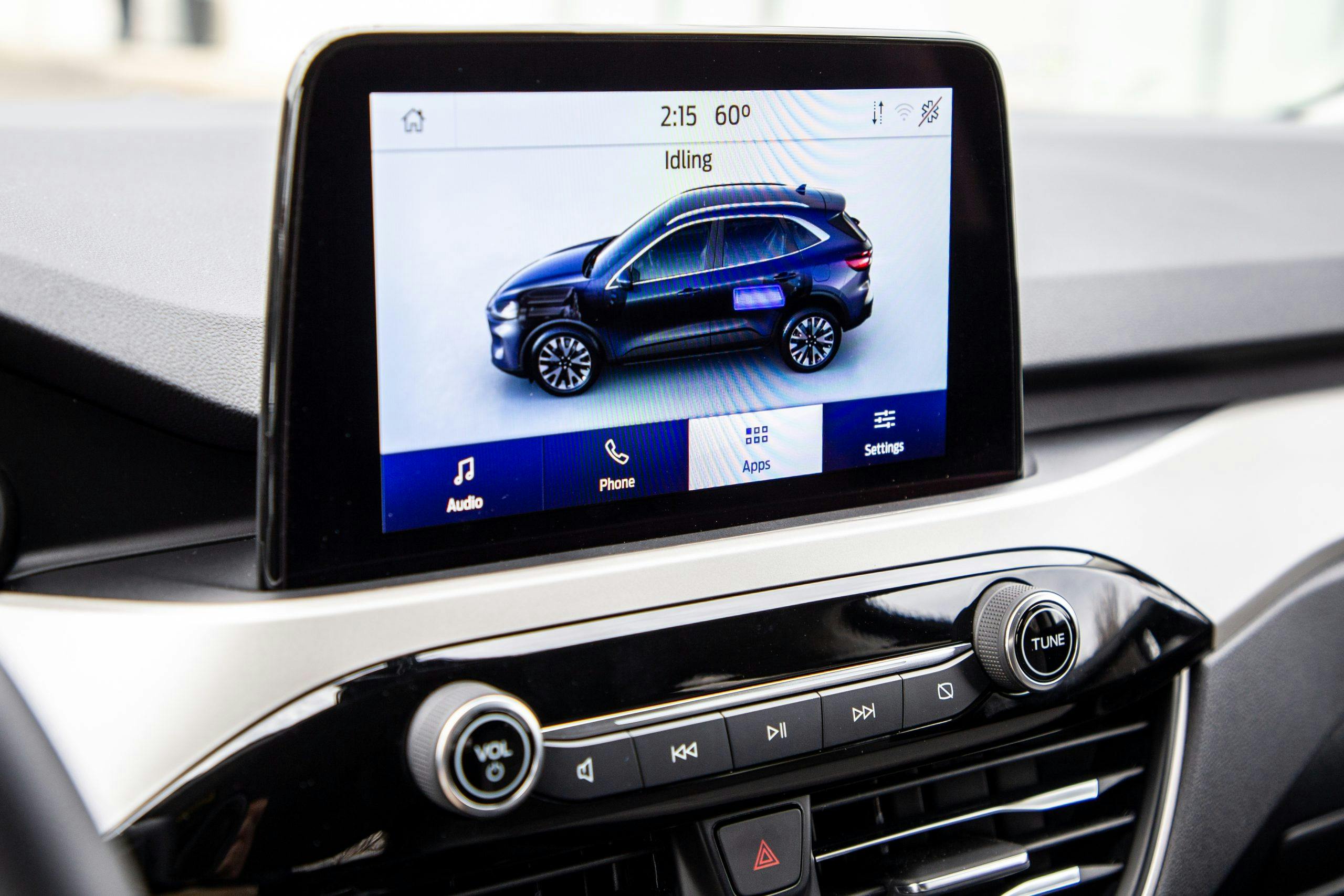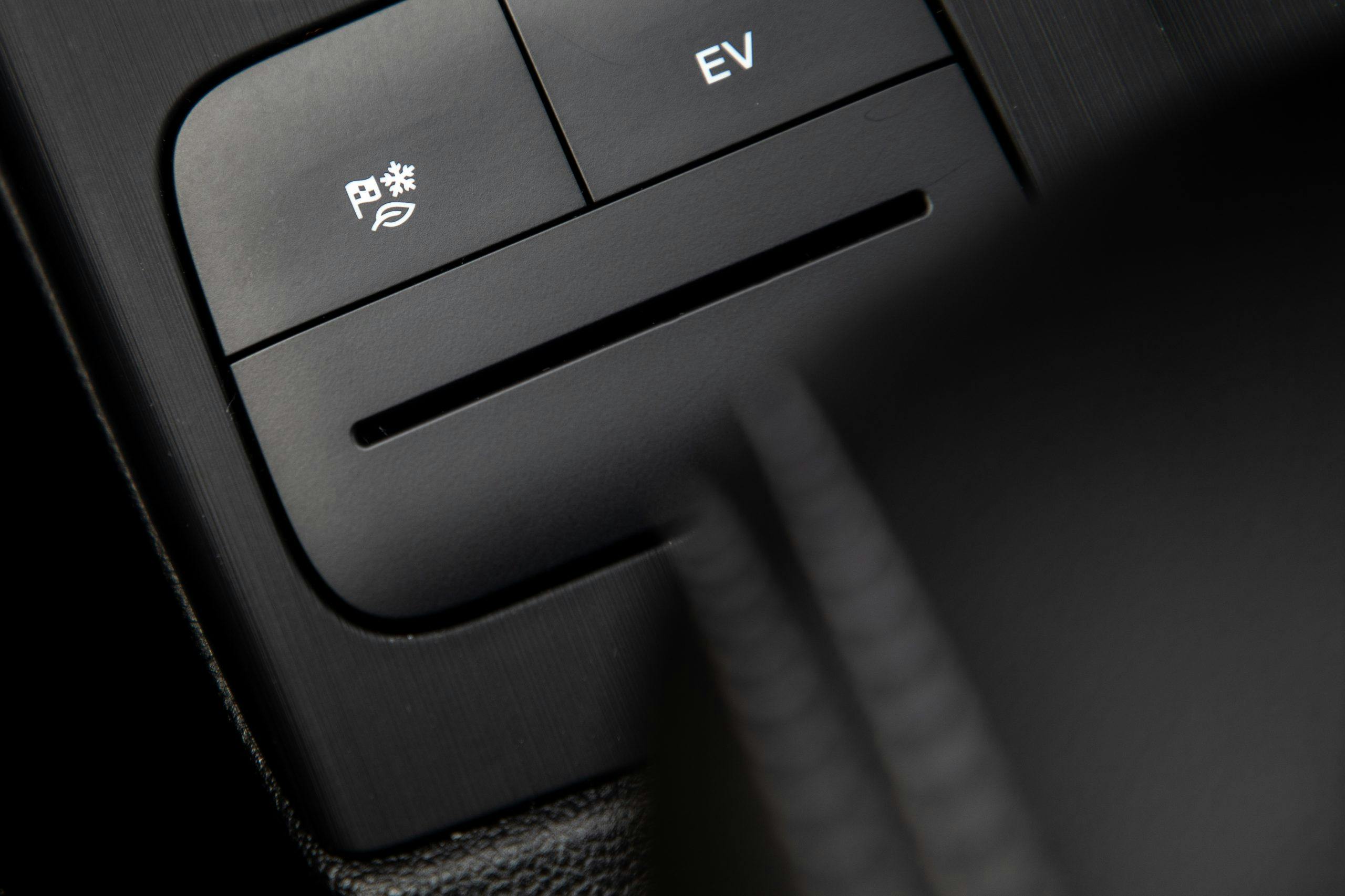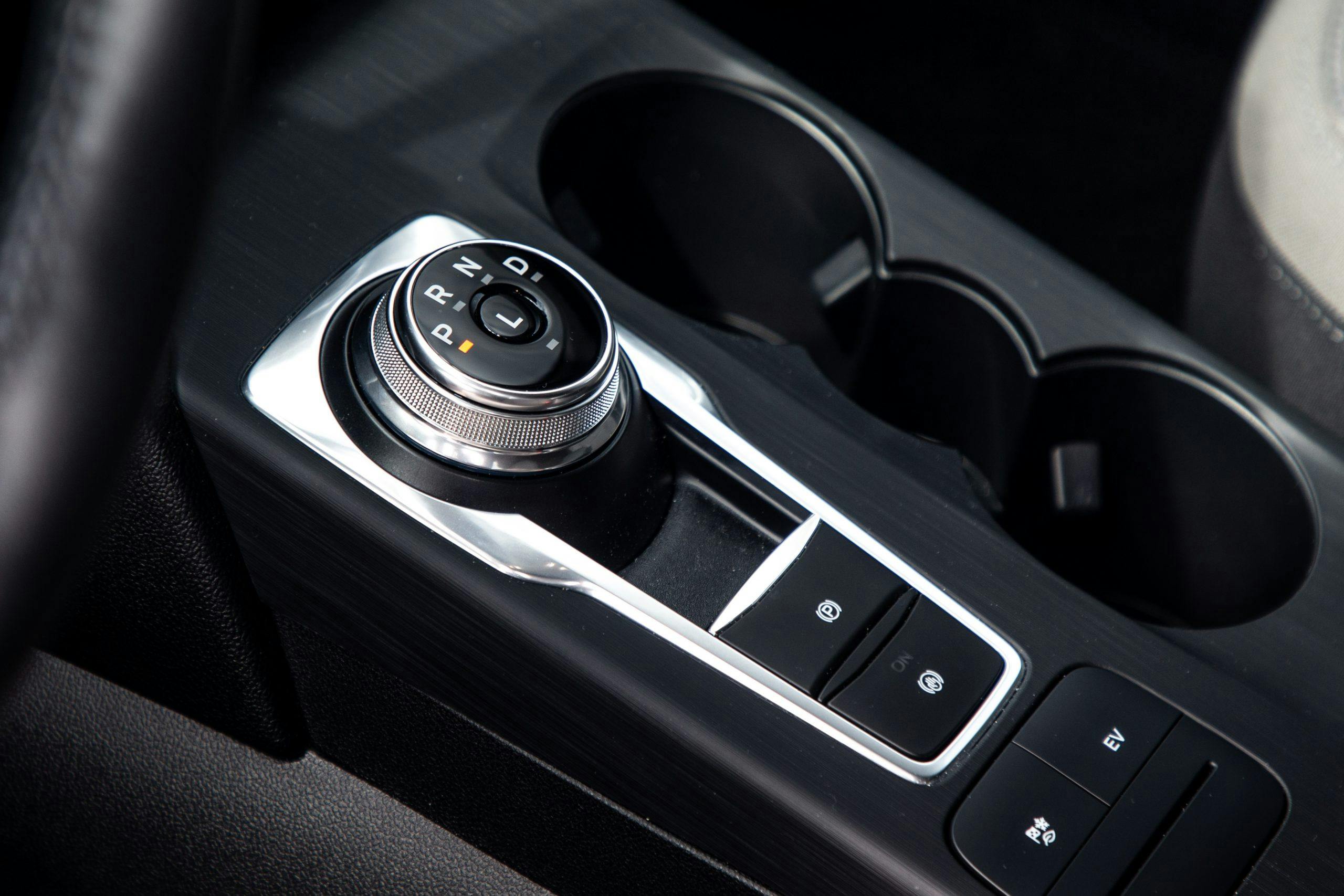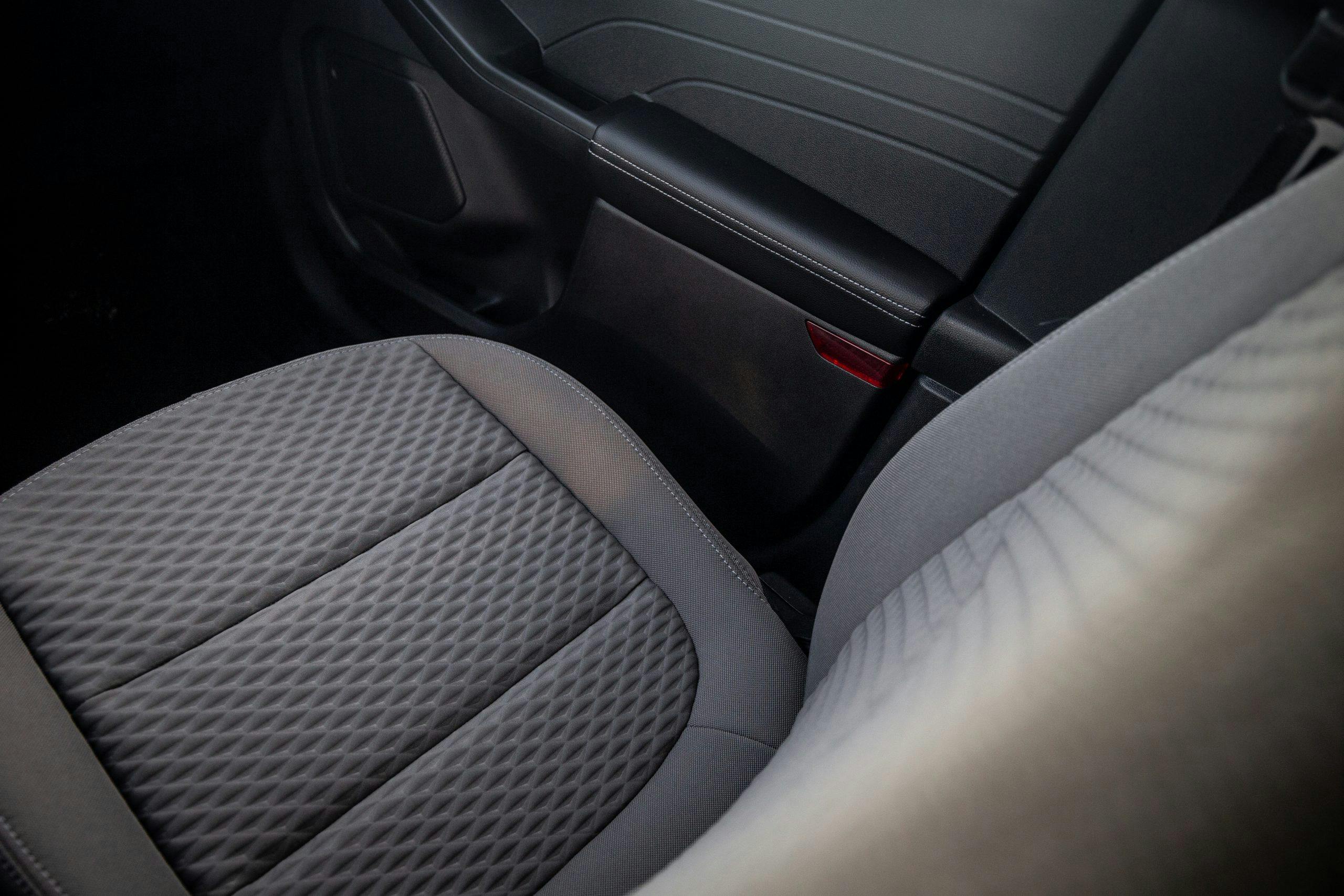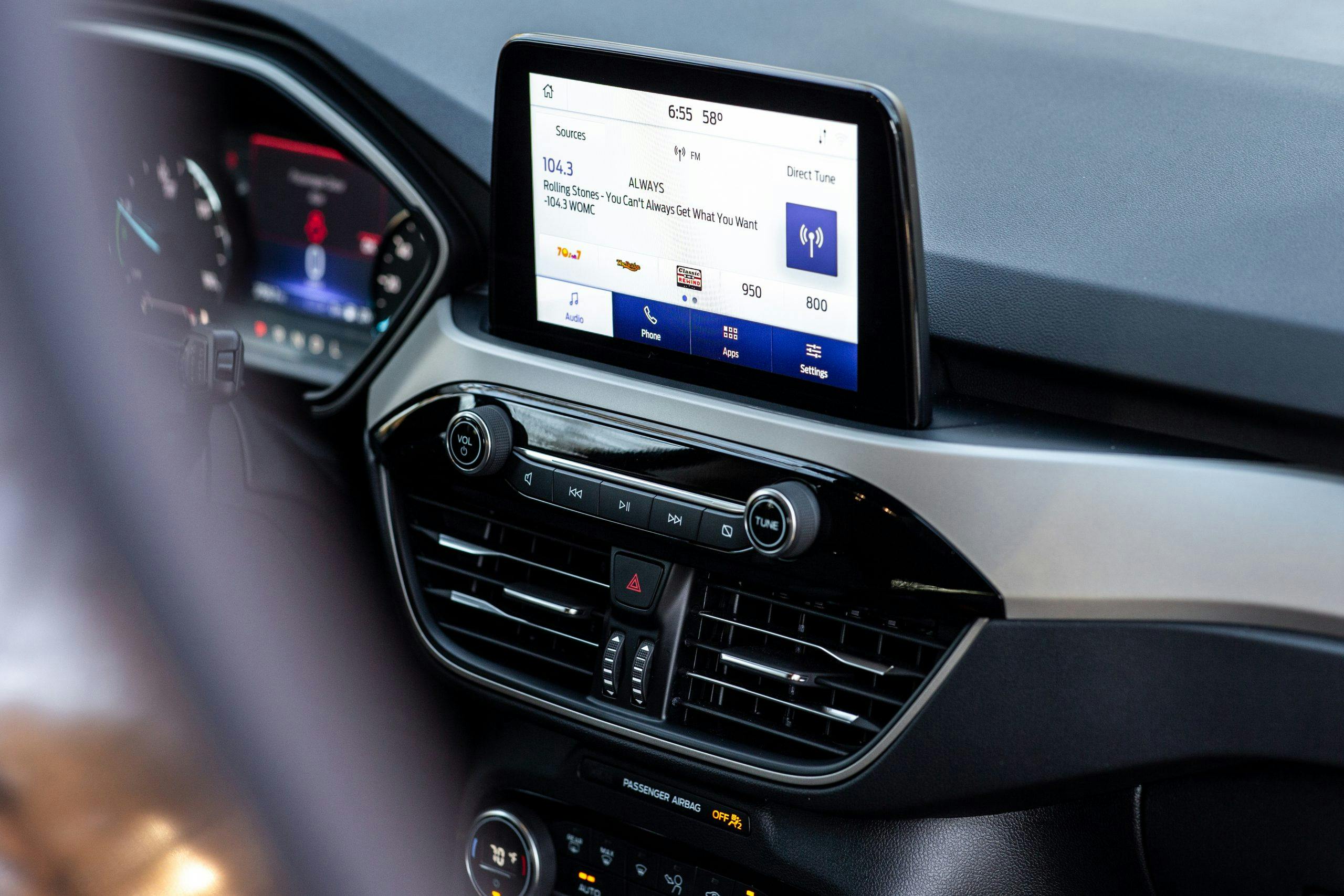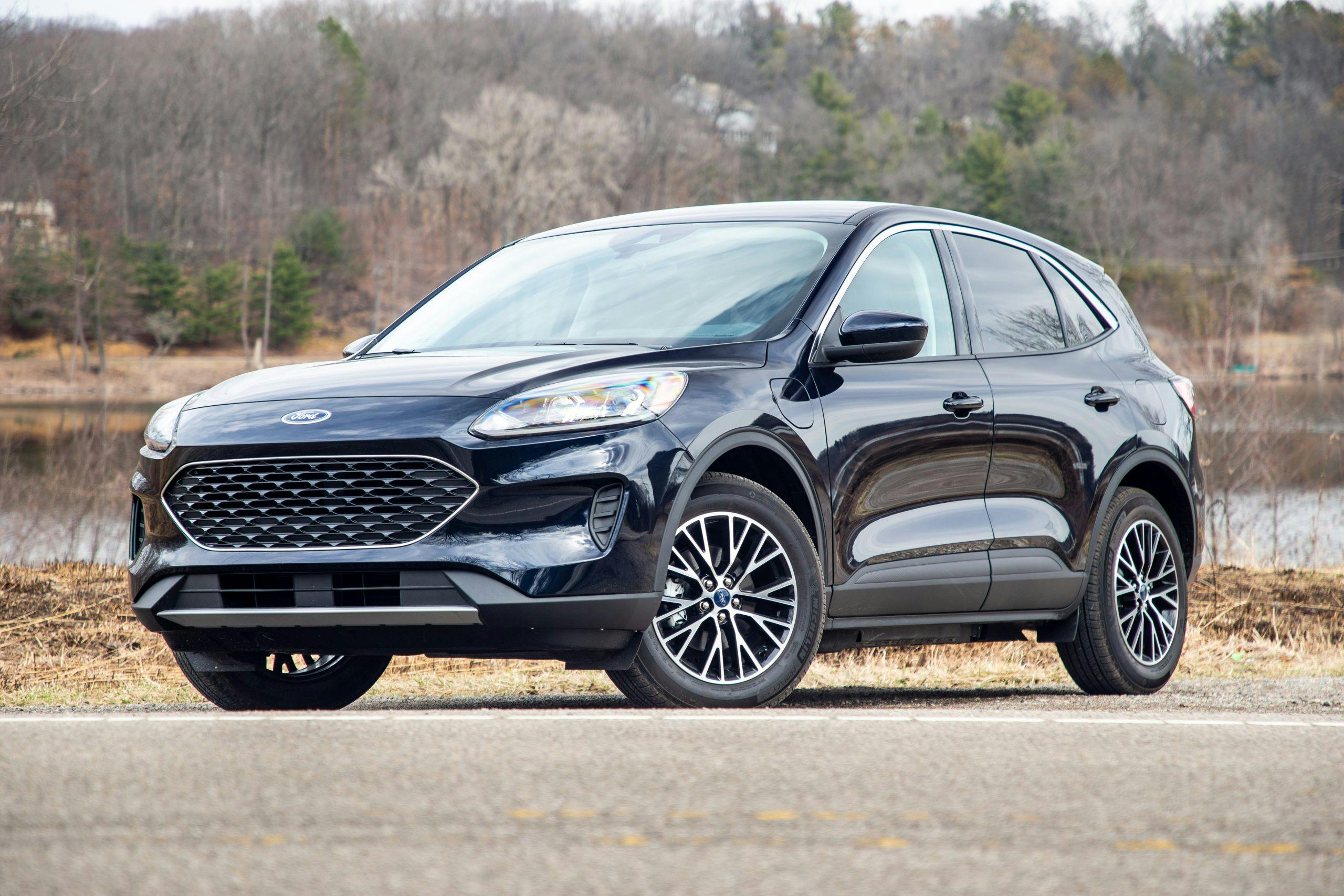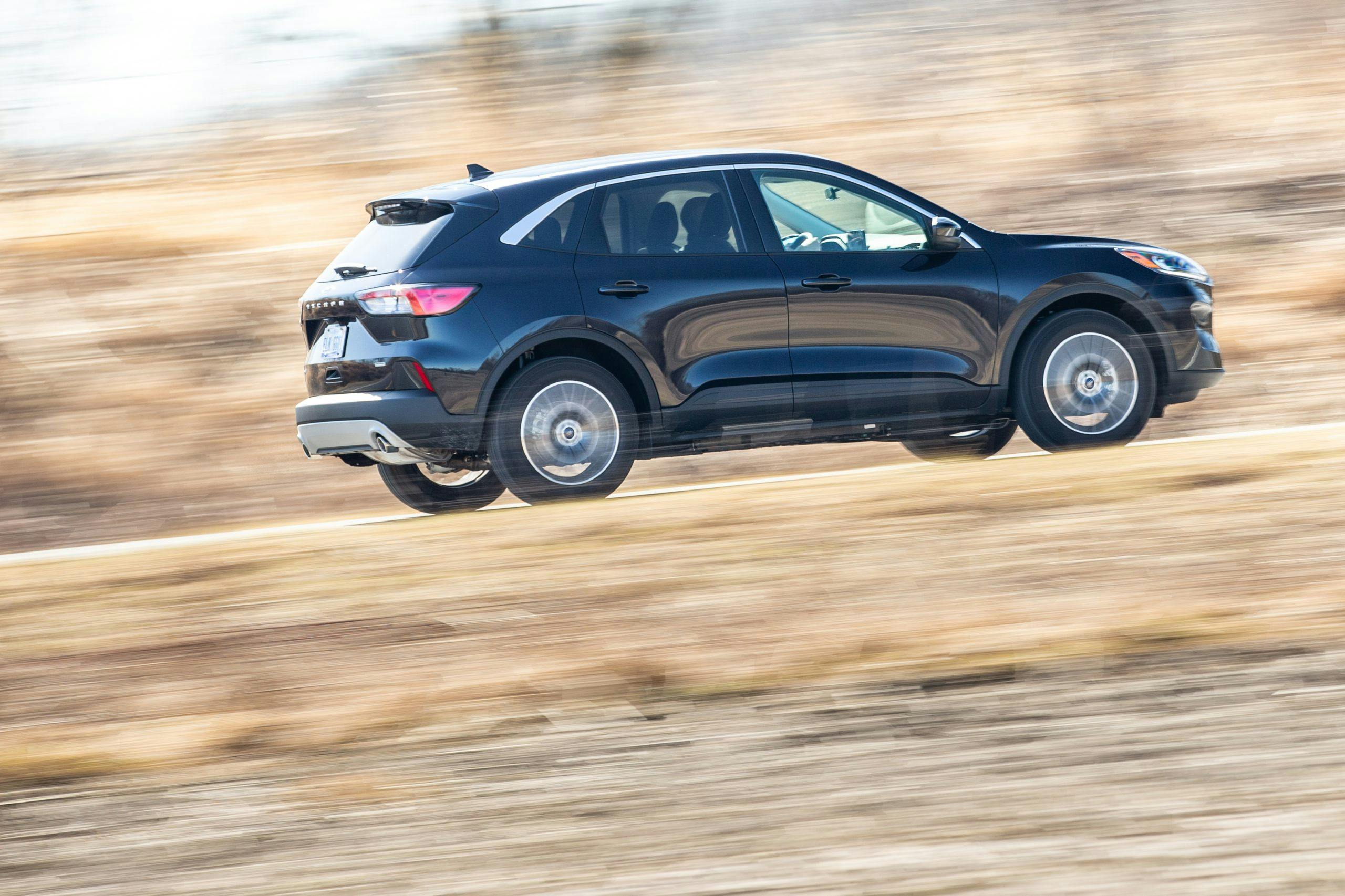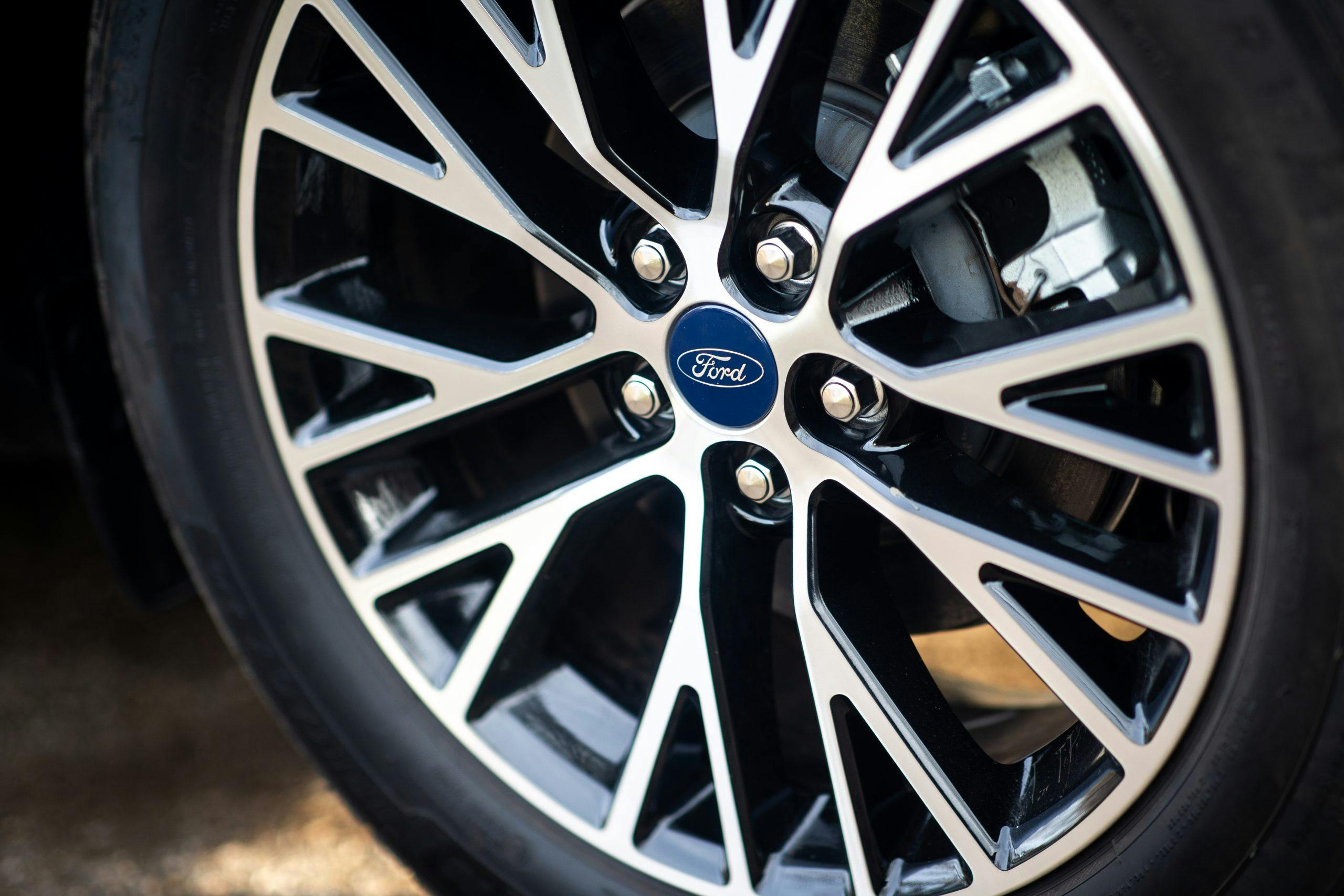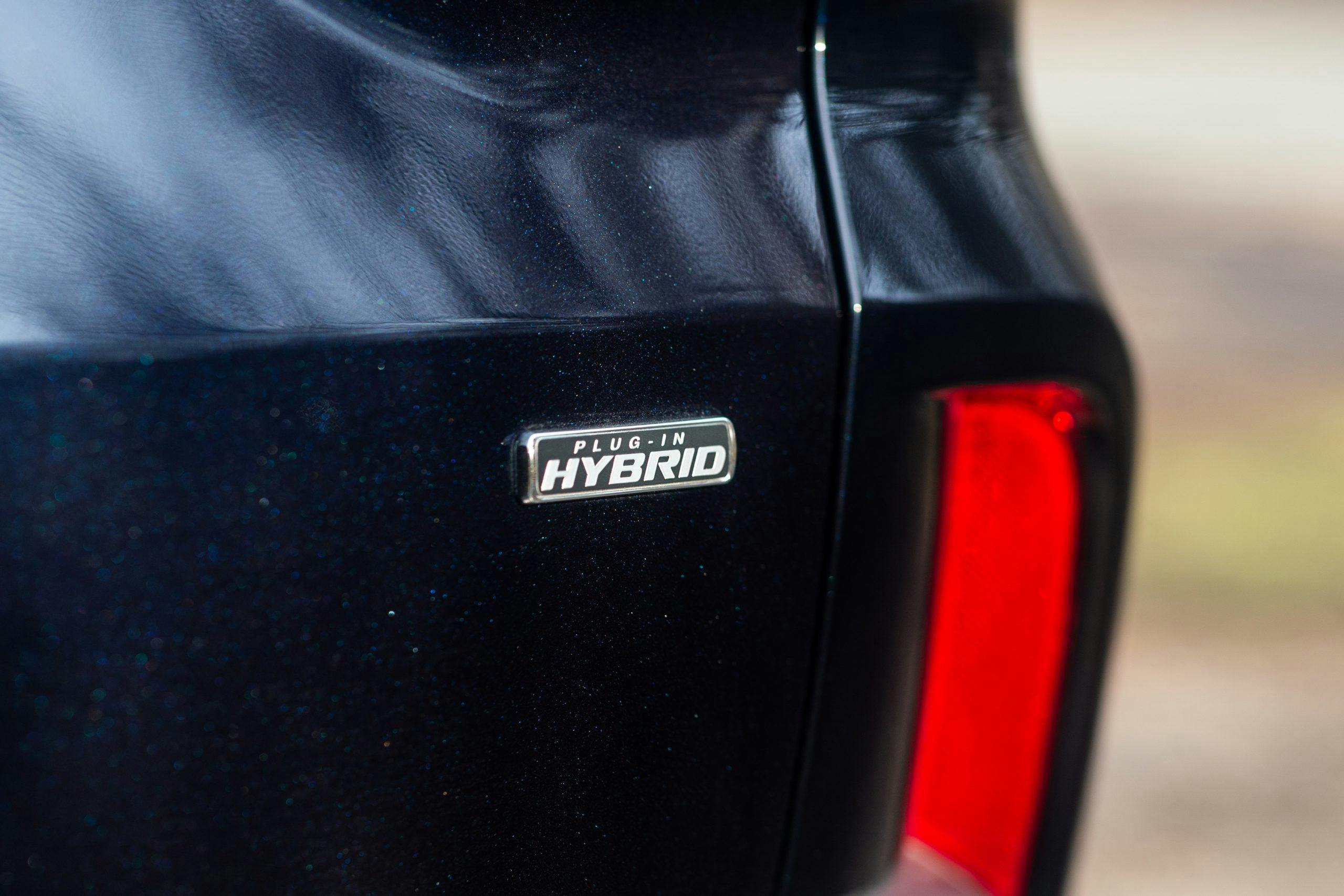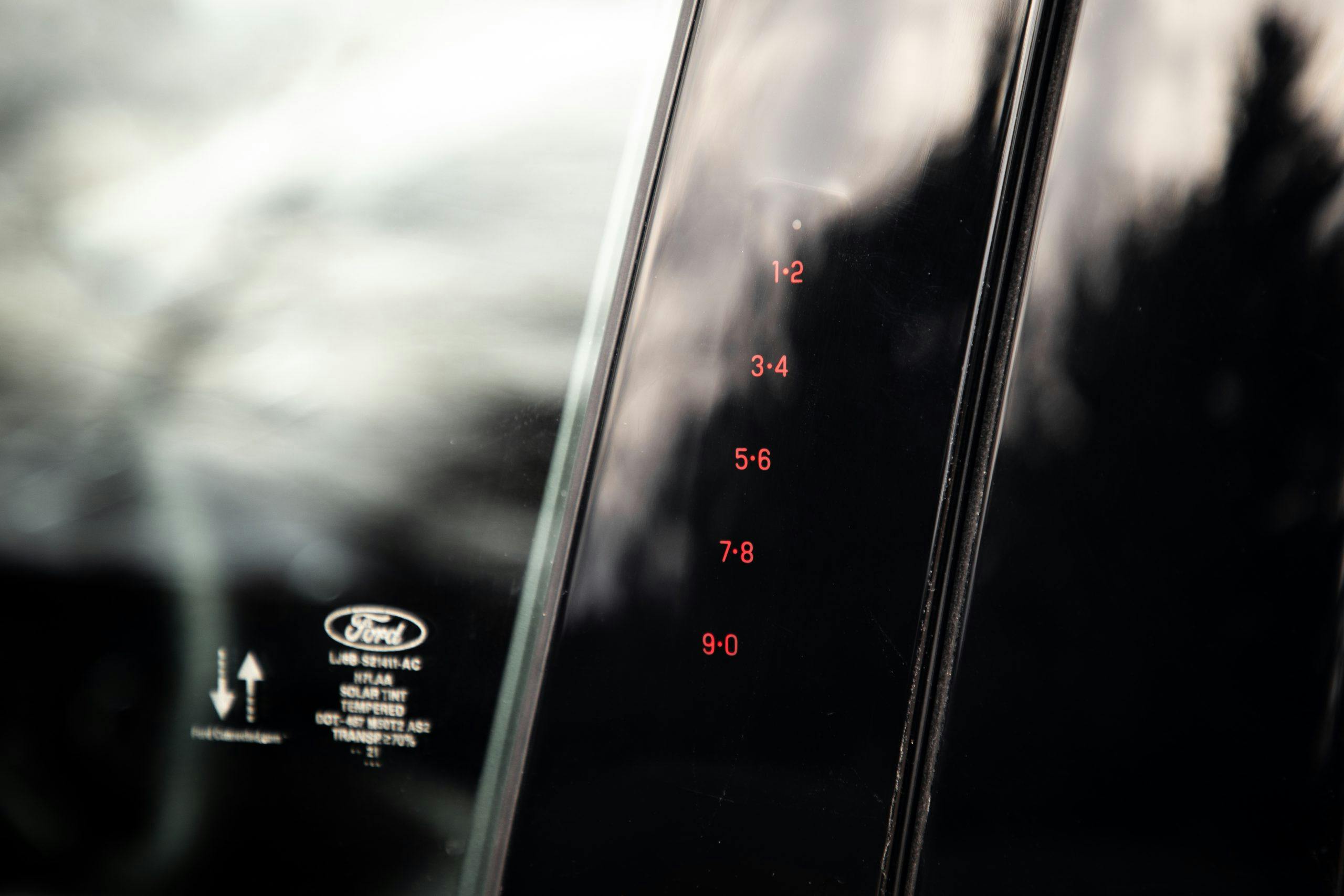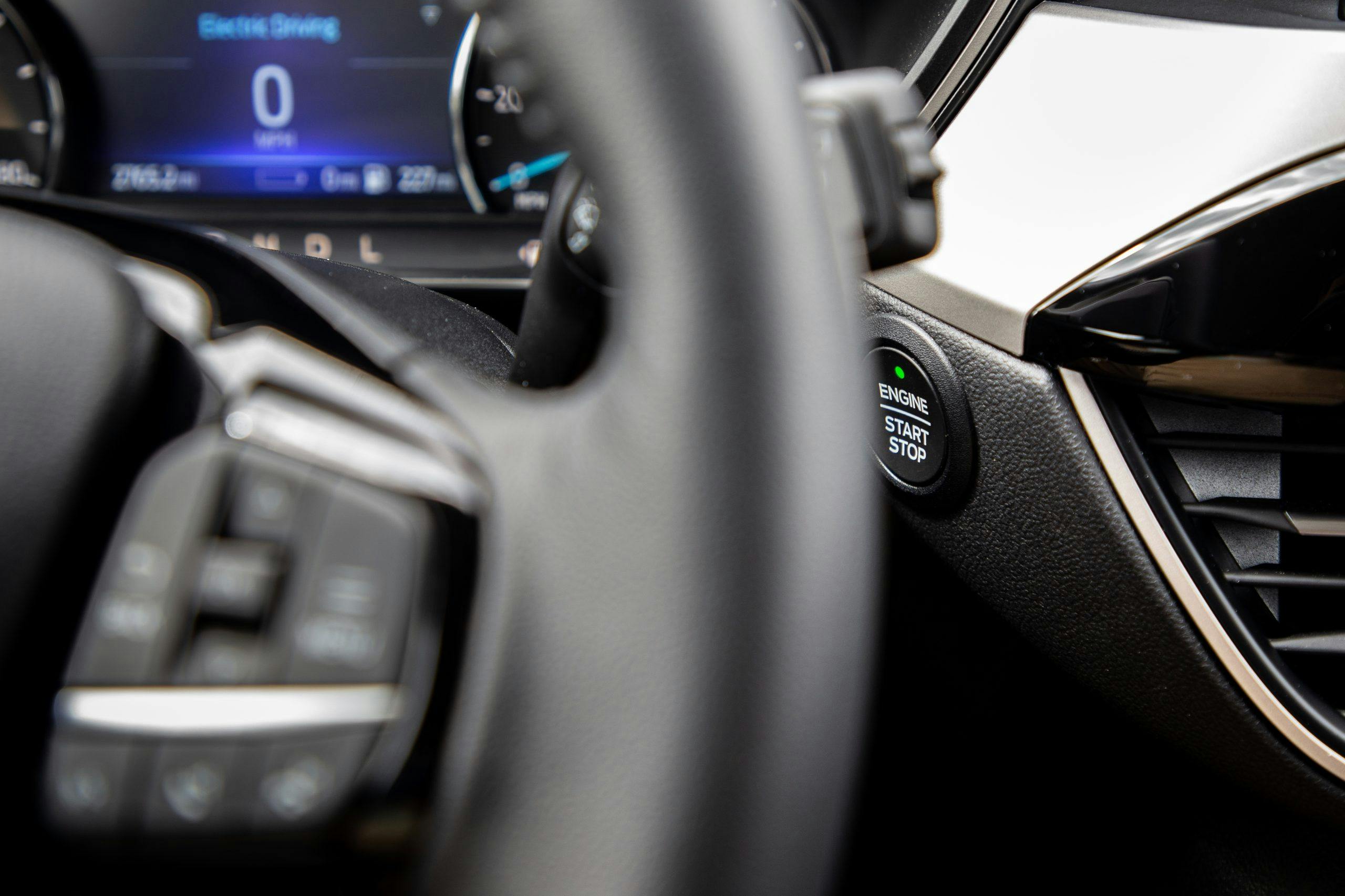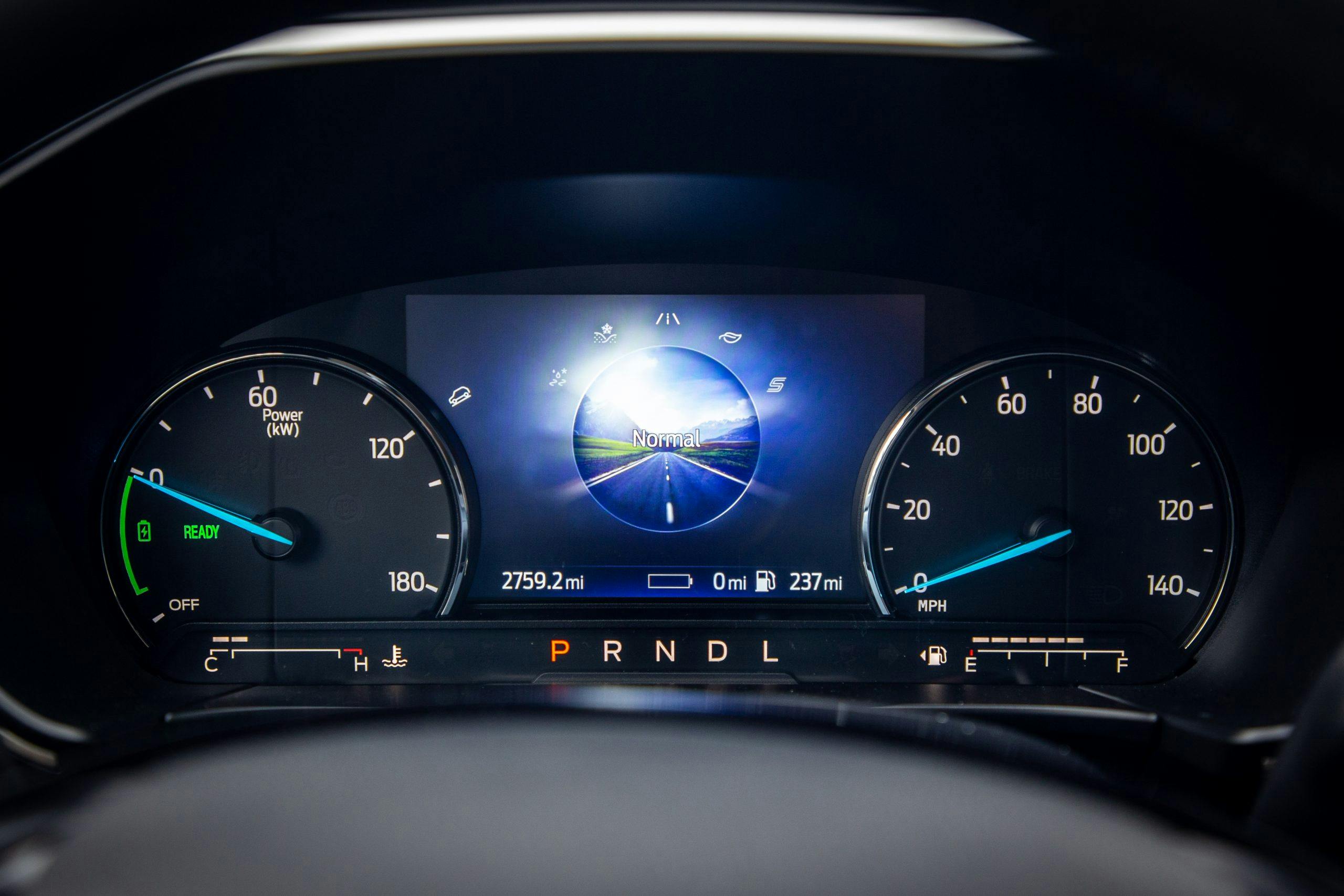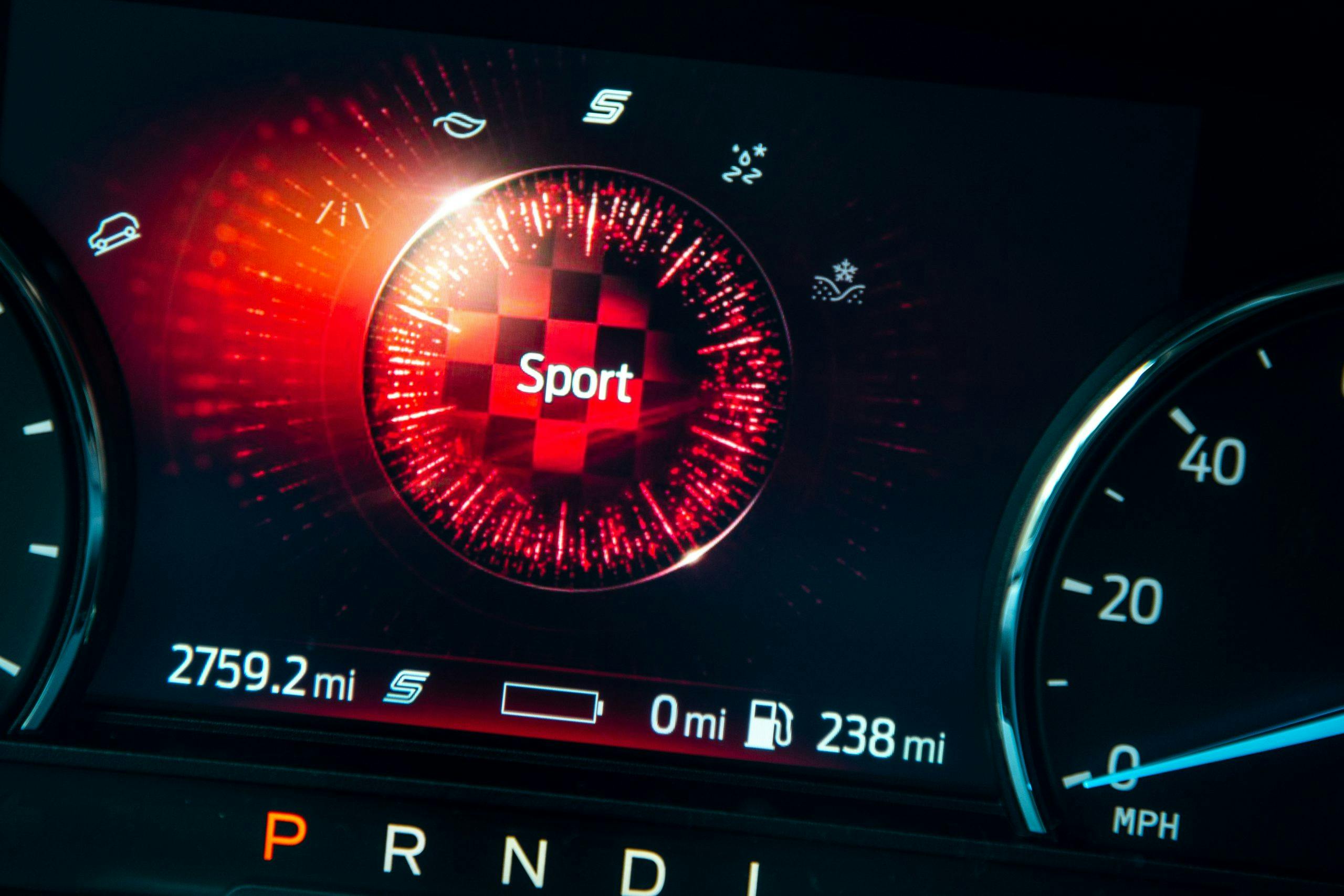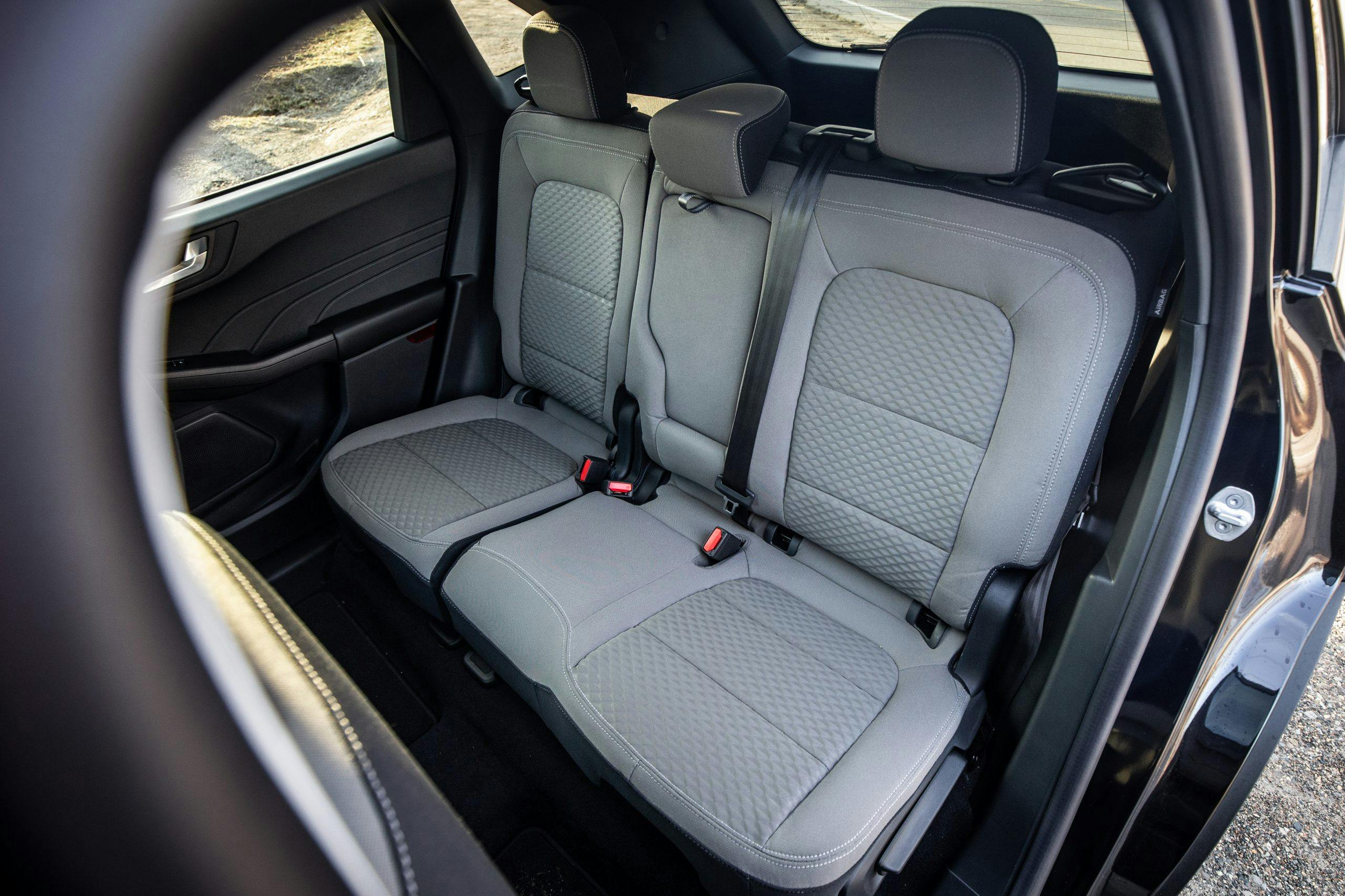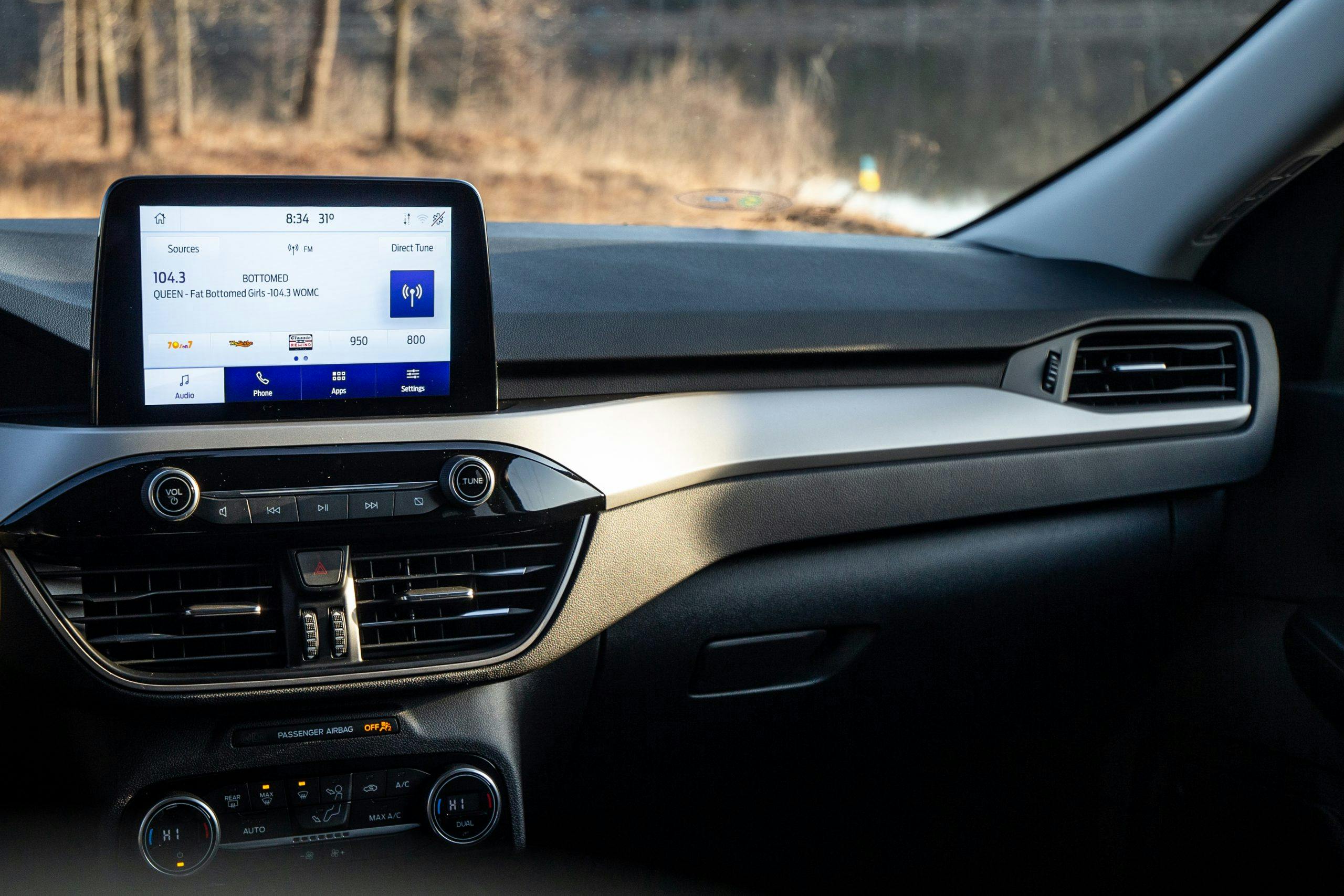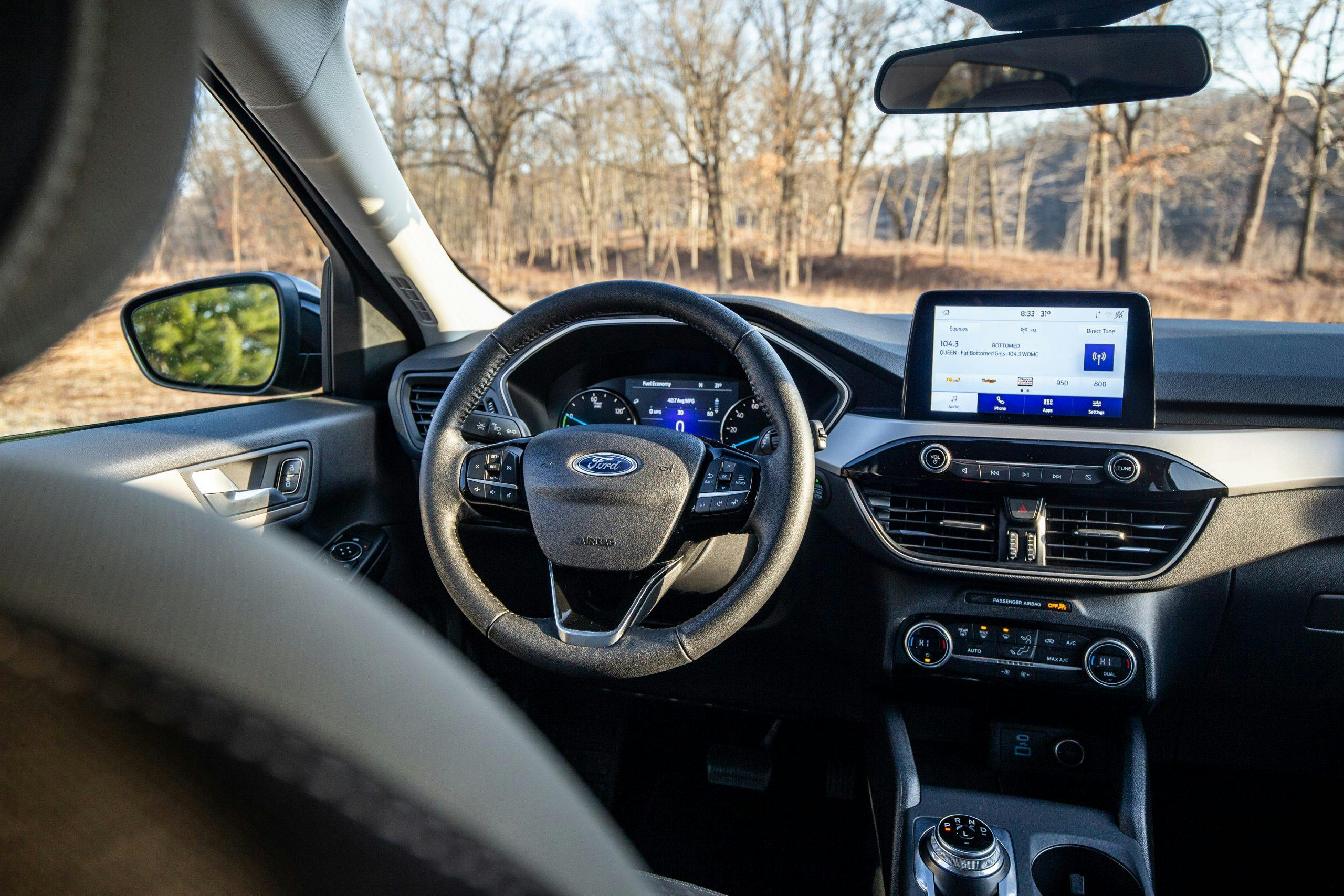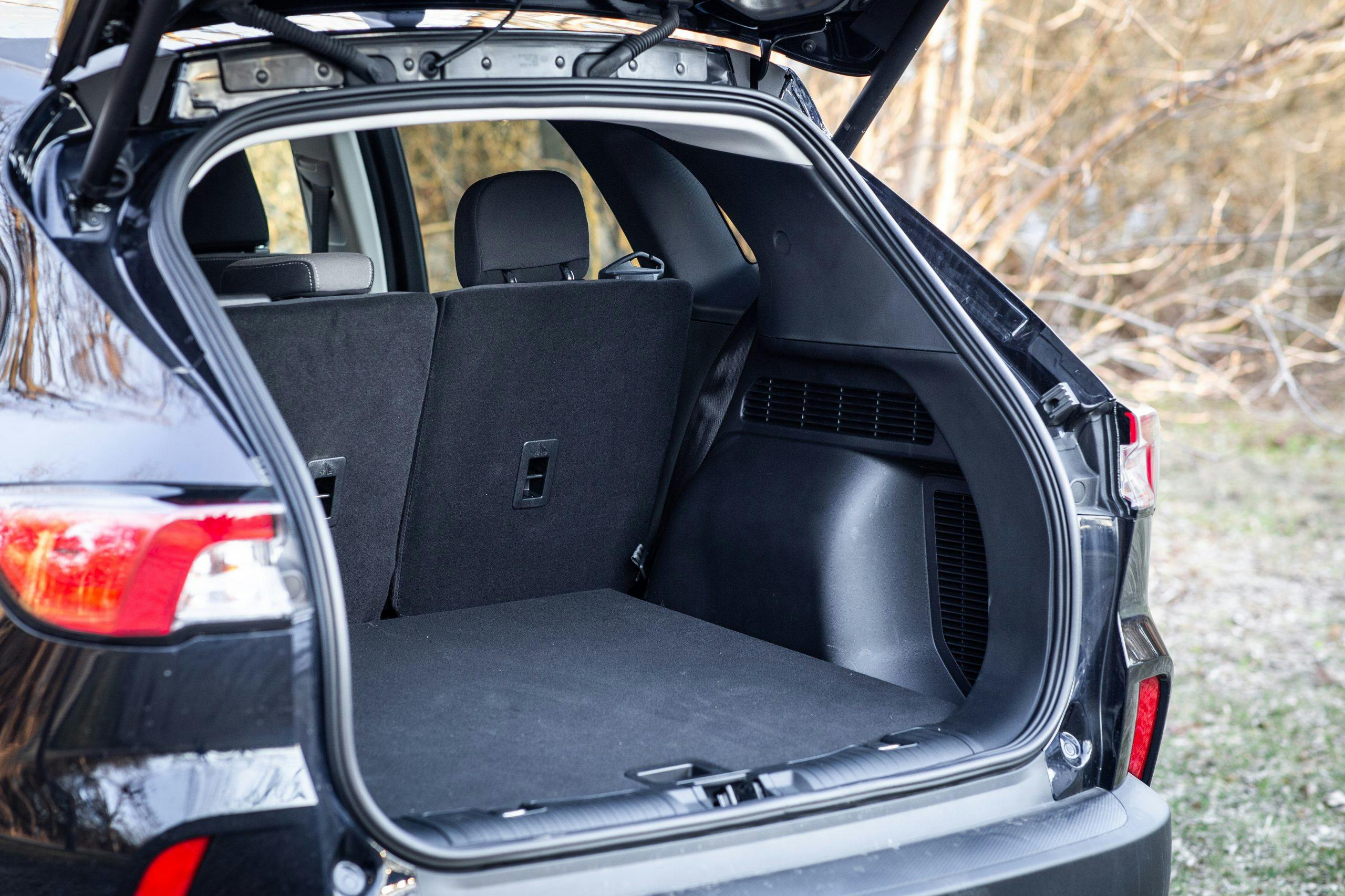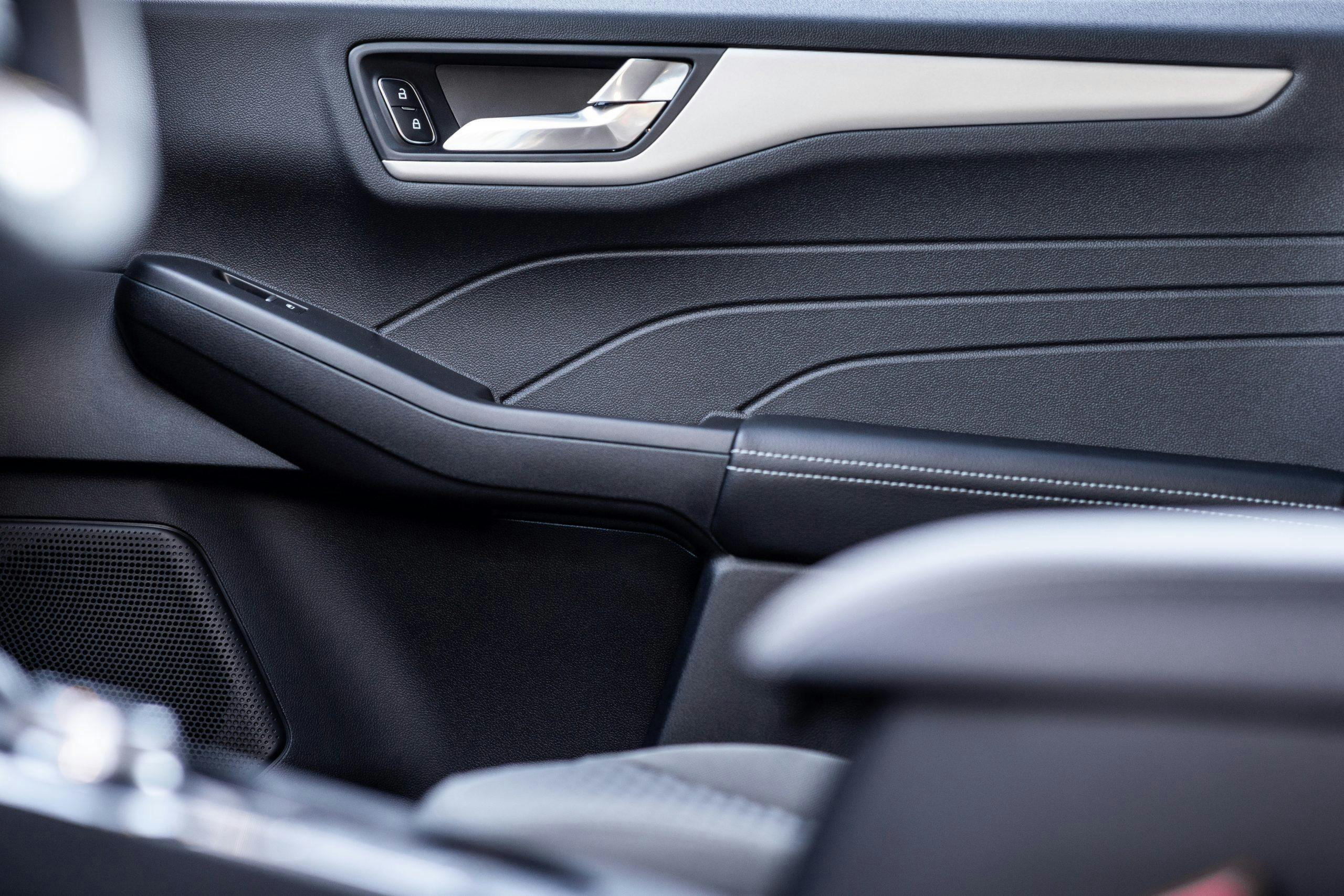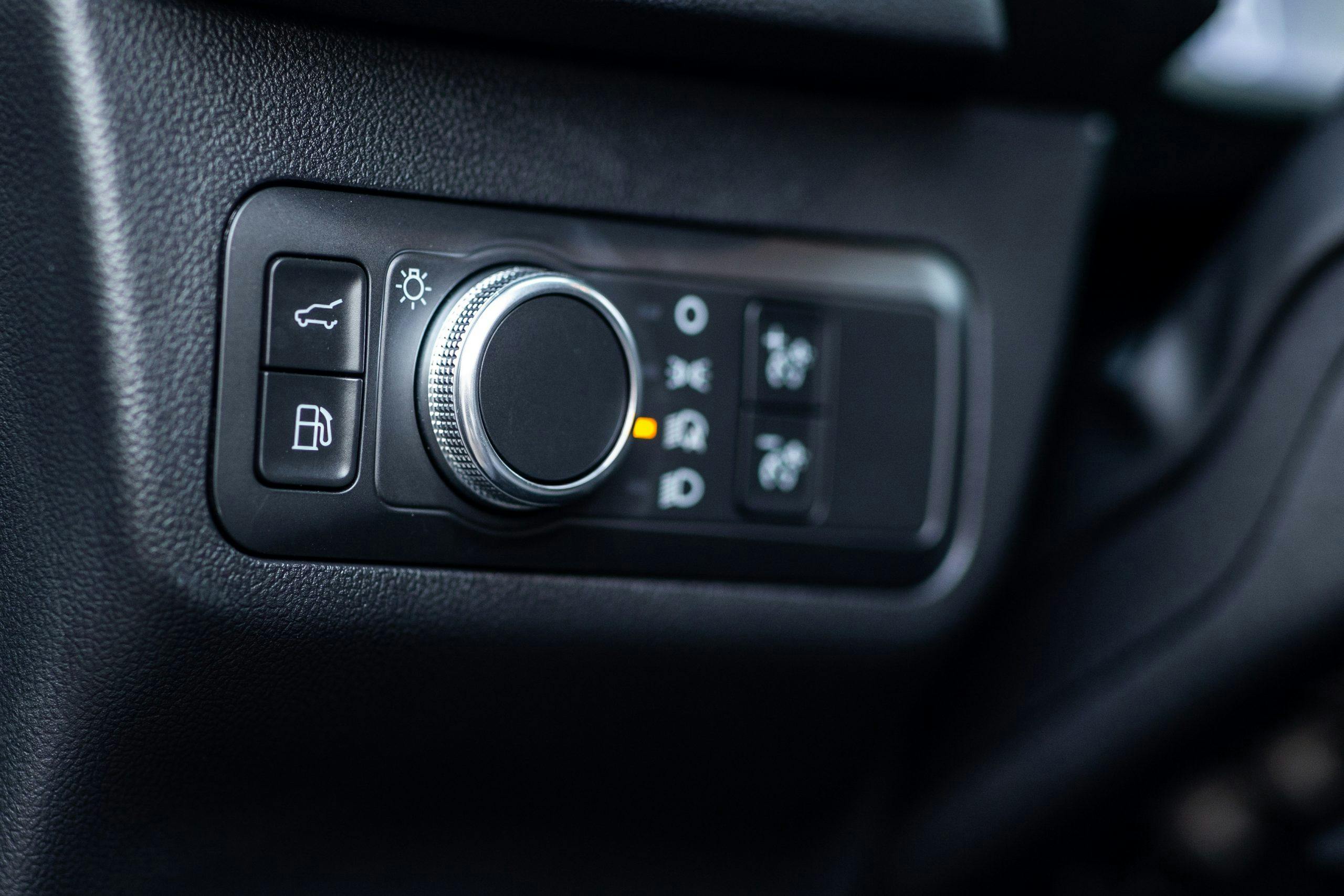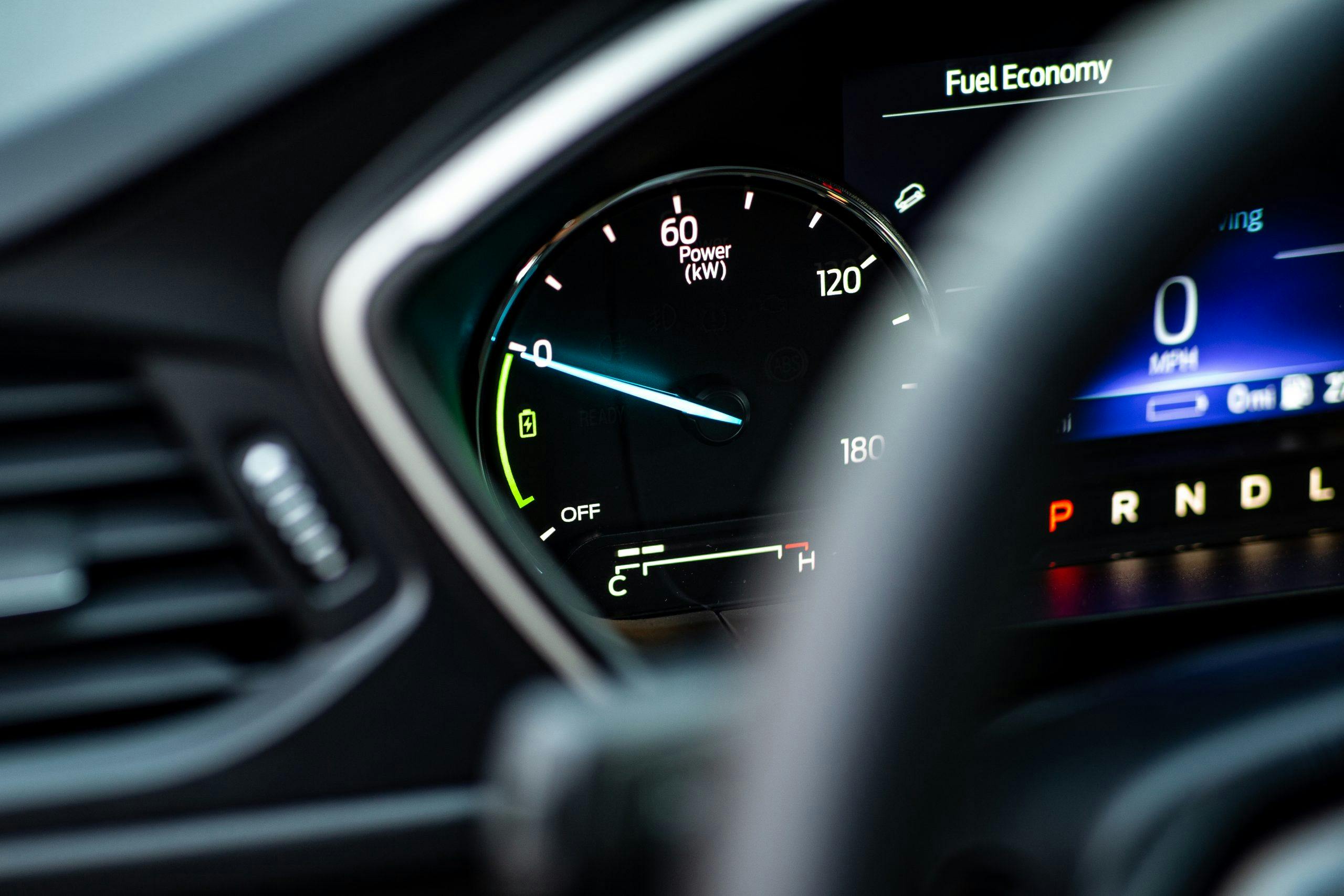Media | Articles
Review: 2021 Ford Escape SE PHEV
Those who are bullish on the electrification of the automobile have much to boast about these days. There’s the drumbeat of new releases from brands as diverse as Hummer, Polestar, and, uh, DeLorean; the ever-rising share of sales; and the fact that the world’s quickest sedans are now battery-powered.
Here’s another pro-EV talking point: The main problems with the new Ford Escape PHEV derive more from the fact that it’s an Escape than its plug-in powertrain.
That’s a back-handed compliment, yes. But the technological progress here is no joke. The plug-in electric vehicles that arrived on the scene little more than a decade ago were clumsy, compromised Rube Goldberg machines. There was of course the Chevrolet Volt, which squeezed four passengers around a giant battery. Then there were a smattering of vehicles whose low double-digit range scarcely justified the effort of plugging in, let alone the extra cost. These early plug-ins could be weird to drive, with a circus of buzzy engine noise thrumming at any given time. It’s no wonder that, despite plug-in hybrids’ inherent promise—most of the real-world efficiency of an EV with none of the range anxiety—they have yet to sell particularly well. The Volt, the leader of the bunch, managed about 177,000 units over more than ten years before going out of production.

The plug-in Escape, which arrived late last year to complement a range that already includes two gas powertrains and a conventional hybrid, irons out most of the kinks. For one, it’s priced at $35,000, which is about on par with a gas-engine model once you factor in the $6800 Federal tax incentive. The hybrid system promises 37 all-electric miles from a lithium-ion battery pack tucked under the second-row seats. The powertrain is a bit more conventional than the Volt’s in that the gas engine does not act as a generator; the batteries get juice from regenerative braking and, more so, from a power outlet. A 240-volt plug will deliver a full charge from a depleted state in about 3.5 hours. Owners who plan to park their car overnight—that is to say, almost everyone—should be fine with a standard 110-outlet, which replenishes the batteries in about 11 hours.
Ford cleverly allows the driver to decide how to deploy that charge. “EV Later” mode, for instance, lets you run the gas engine, perfect if your commute includes a long highway slog (where the battery would drain quickly). Most of the time the vehicle was in my possession I relied on the full EV setting, running errands and ferrying the kids around town, plugging in at home with a few miles to spare. The two times I ran out of juice, both on hour-long highway drives, I barely noticed, as the gas engine kicked in. In these cases, the electric motor will assist occasionally as it recovers energy from regenerative braking, helping the Escape achieve a respectable 41 mpg combined in gas-engine mode.
Marketplace
Buy and sell classics with confidence
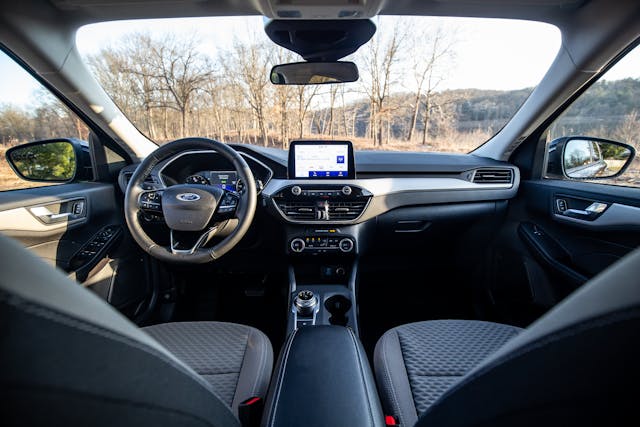
There are still drawbacks: Even with both gas engine and electric motor giving their all, the proceedings are, shall we say, relaxed. The instantaneous nature of EV torque delivery compensates for this shortcoming in stop-and-go traffic, but on a fast-moving highway you’ll want to double check your mirrors before changing lanes. Plug-in buyers also give up all-wheel drive capability, which is optional on all other Escapes but MIA here.
Yet these trade-offs seemed worth making when, at the end of a week of driving that included about 100 miles on the highway, the gas gauge still read more than three quarters of a tank. What truly impressed, beyond the sheer efficiency, was how mindlessly it was achieved. No hypermiling, no range anxiety, no obsessing over charging stations.
Alas, the seamlessness of the plug-in experience freed us to focus on the overall dreariness of the vehicle. To be fair, nothing about the latest Escape is wrong, and there are key parts Ford got right. The exterior styling, for instance, looks elegant and upscale if also a bit anodyne. The Escape also has the nicely weighted, tactile steering that has blessed practically every small Ford since the 2010 Focus, and the compliant ride shrugs off the added weight of batteries and an electric motor.
Most of the problems are inside, where one finds a smallish touchscreen set awkwardly out of reach and hard, unappealingly grained plastics. The standard upholstery on the seats is the drabbest most of us have seen in years. “Build quality and materials look about the same as in my Fiesta ST,” notes Executive Editor Eric Weiner. The up-level Titanium package would no doubt have improved on some of those materials—the only option on our test car was a $985 convenience package that includes a power driver’s seat, leather-wrapped steering wheel, power lift gate, and 18-inch wheels. Yet that would also have elevated the price to more than $30k even factoring Uncle Sam’s $6,843 tax incentive. This sounds like nitpicking because it is nitpicking, but the Escape exists in the very opposite of a vacuum—the most crowded space in the new car market. Several competitors, including the Chevrolet Equinox, drive better. Others, like the Hyundai Tucson (which is also offered as a plug-in), are better appointed. Others still, such as Ford’s own Bronco Sport, exude more charm. And then there’s the Mazda CX-5, which does all the above. The Escape, one of the progenitors of this segment and long one of its bestsellers, is now just another face in the crowd.
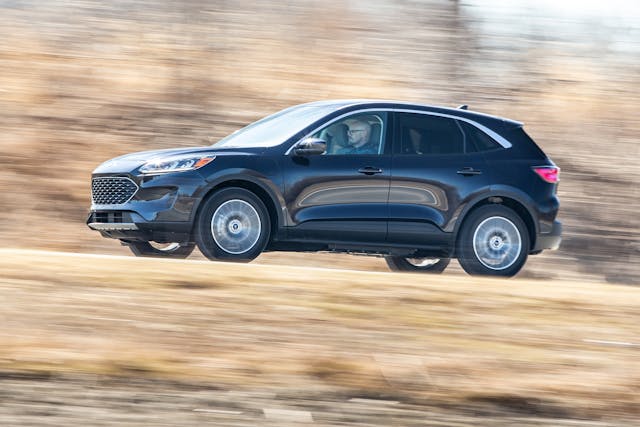
Perhaps, then, the addition of a well-sorted plug-in hybrid variant will be the killer app that propels the Escape back to the top of consideration lists? In a different world, sure. And by different world, I really mean Europe, where Ford sold 48,000 plug-in Kugas (as the Escape is known there) in 2021. In the United States, land of (relatively) inexpensive fuel and (relatively) little in the way of punitive taxes pushing consumers into more efficient vehicles, the calculus is different. The electrified vehicles succeeding here to this point are right-brained propositions either by dint of their sheer performance and capability (see: Tesla Model S Plaid) and/or the virtue they signal (such as the still-successful Toyota Prius).
The Escape, whose only green-car tells are the plug door on the front fender and a tiny badge on the tailgate, signals nothing other than that you might have gotten a great lease deal. And so a plug-in vehicle that actually makes sense for the average American car buyer will likely go unnoticed by many of them.
A plug-in Maverick on the other hand? Well, that would be pretty great.
***
2021 Ford Escape SE PHEV
Price: $34,320/$35,305 (base / as-tested)*
Highs: No-fuss pathway to EV ownership. Reasonable price.
Lows: Dreary interior.
Summary: A promising powertrain in need of a more compelling wrapper.
*Not including $6,843 Federal tax credit

